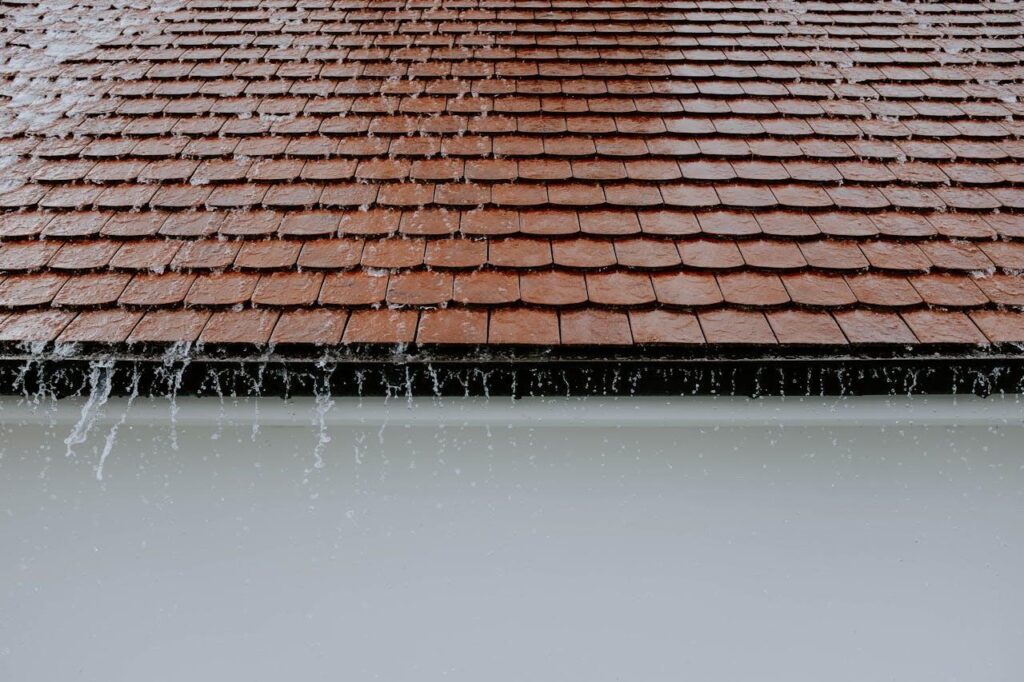
Have you ever made a home upgrade, only to replace it sooner than expected? A house should be built to last, but not all improvements stand the test of time. Choosing the right materials and upgrades can mean the difference between a home that ages gracefully and one that needs constant repairs.
In places with unpredictable weather, durability matters even more. Portland’s rainy climate can wear down exterior surfaces, weaken foundations, and cause long-term damage if the right precautions aren’t taken. Homeowners here need upgrades that not only enhance appearance but also protect against moisture, temperature shifts, and everyday wear. From reinforced roofing to weather-resistant siding, smart choices can extend the life of a home and prevent costly fixes down the road.
In this blog, we will explore the best home improvements for long-term durability, focusing on upgrades that add both strength and value to any home.
Building a Strong Foundation for Your Home
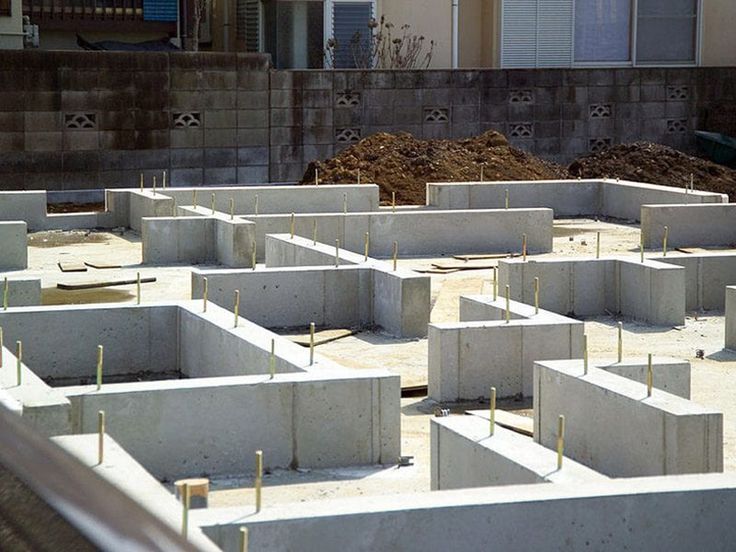
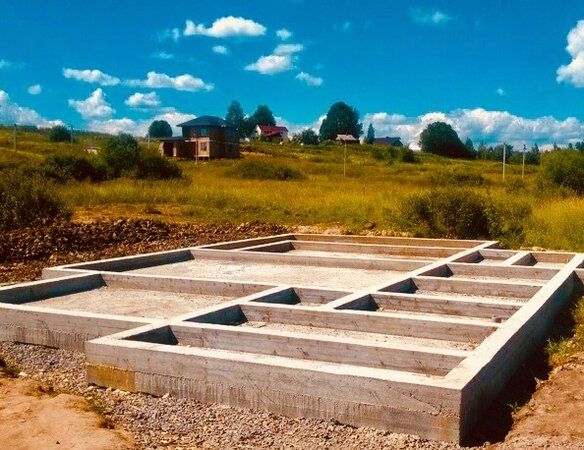
A home is only as strong as what’s underneath. One of the most important upgrades is ensuring a home is properly protected from moisture. Water is one of the biggest threats to any structure, causing mold, rot, and foundation damage. High-quality drainage systems, sealed concrete, and waterproof barriers can prevent costly damage over time.
Exterior materials also matter. Siding, roofing, and windows are the first line of defense against harsh weather. Homes in areas with heavy rainfall, high winds, or extreme temperatures need materials that can handle the elements. Investing in durable siding, storm-resistant windows, and reinforced doors can prevent expensive repairs down the road.
A strong, well-maintained roof is key. In places with wet climates, having a reliable roofing system is non-negotiable. Homeowners looking for expert guidance often turn to a reliable Portland roof replacement company to make sure their home is protected from the region’s frequent rain and changing temperatures. Choosing materials that resist moisture and withstand high winds helps prevent leaks and structural damage.
The right foundation and exterior materials set the stage for a home that remains sturdy and low-maintenance for decades.
Choosing Materials That Stand the Test of Time
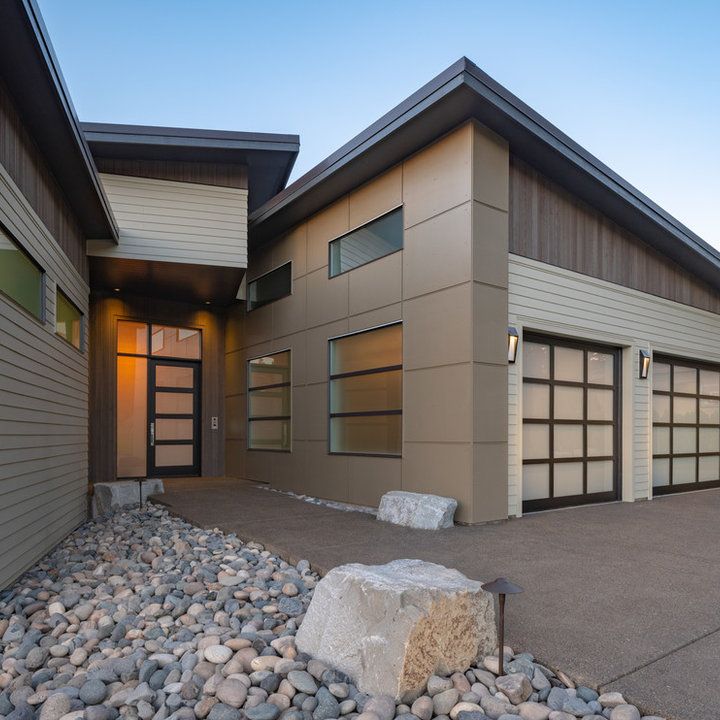
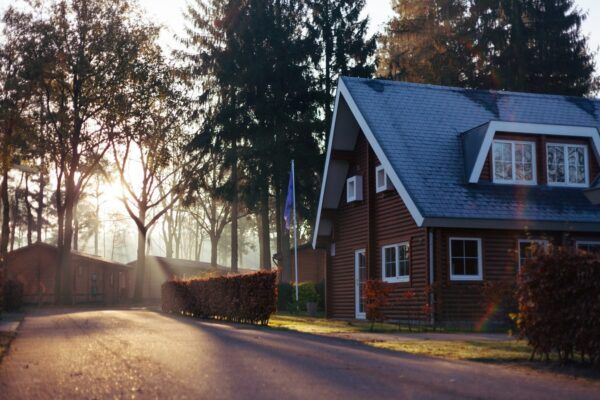
Trendy home materials may look good for a while, but many don’t age well. Durability should be just as important as design when making upgrades.
Flooring is a prime example. Hardwood floors are classic but can scratch and wear down in high-traffic areas. Modern options like engineered wood or luxury vinyl plank offer the same aesthetic with better resistance to moisture, dents, and daily wear.
Countertops also need to be chosen wisely. While marble is beautiful, it stains and chips easily. Quartz, on the other hand, mimics the look of natural stone but is far more resistant to scratches and spills. It’s a smart long-term choice for kitchens and bathrooms.
Cabinetry and fixtures should be built to last. Solid wood cabinets hold up better than particle board, and soft-close hinges prevent damage over time. Faucets and hardware made of stainless steel or brass resist corrosion better than cheaper alternatives. The key is choosing quality over temporary trends.
Exterior upgrades matter just as much. Fiber cement siding, for example, lasts far longer than traditional wood or vinyl, standing up to moisture, pests, and extreme temperatures. Metal roofing, though more expensive upfront, can last over 50 years with minimal maintenance. Investing in durable materials prevents the headache of frequent replacements.
Energy Efficiency and Smart Home Solutions
Durability isn’t just about how long materials last—it’s also about how well a home performs over time. Energy efficiency upgrades save money while making a home more sustainable.
Insulation is a major factor. Poor insulation leads to high energy bills and an uncomfortable home. Adding high-quality insulation in walls, attics, and crawl spaces keeps temperatures consistent and prevents long-term issues like moisture buildup.
Energy-efficient windows and doors improve durability by reducing wear on heating and cooling systems. Double or triple-pane windows with weather-resistant seals can last for decades while keeping homes comfortable year-round.
Smart home technology also plays a role. Automated thermostats, lighting, and water systems optimize energy use, reducing strain on appliances. Leak detection systems can catch plumbing issues before they cause major damage. The goal is to create a home that requires less maintenance and runs more efficiently.
Exterior Upgrades That Pay Off
A home’s exterior is constantly exposed to the elements, making durable upgrades essential for both aesthetics and longevity. The right materials and design choices can prevent premature wear and reduce maintenance costs over time.
Long-Lasting Driveways and Walkways
Traditional asphalt driveways crack and fade over time, especially in extreme weather. Pavers and stamped concrete offer a more durable alternative, resisting shifting and wear while adding a polished look. Pavers are especially practical since individual sections can be replaced without redoing the entire surface.
Low-Maintenance Landscaping for Long-Term Beauty

A thoughtfully designed landscape should look great without demanding excessive upkeep. Drought-resistant plants require less watering, while smart irrigation systems prevent overuse and keep lawns healthy. Native plants thrive in local climates, reducing the need for constant care and expensive treatments.
Durable Decks, Patios, and Fencing
Outdoor spaces should be built to handle daily use and changing weather. Composite decking resists moisture, fading, and splintering far better than traditional wood. For fencing, treated wood extends lifespan, but metal and vinyl options offer even greater durability with minimal maintenance.
Energy-Efficient and Weather-Resistant Outdoor Lighting
Outdoor lighting should be both practical and long-lasting. LED fixtures use less energy and last far longer than traditional bulbs, while solar-powered lights provide an eco-friendly solution for pathways and gardens. Motion-activated lighting enhances security while minimizing unnecessary energy use.
All in all, home improvements should be built to last, not just designed to impress for a few years. Choosing durable materials, investing in energy efficiency, and protecting a home’s structure can save thousands in long-term repairs.
The best upgrades aren’t always the flashiest, but they make a home more resilient, comfortable, and efficient. When homeowners think beyond short-term trends and focus on lasting value, they create a home that stands the test of time.
- 0shares
- Facebook0
- Pinterest0
- Twitter0



